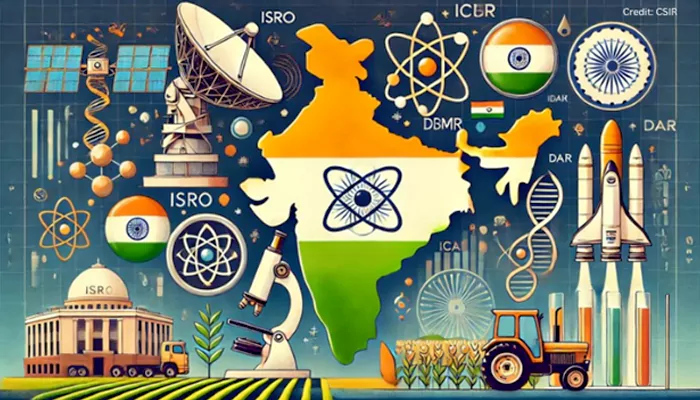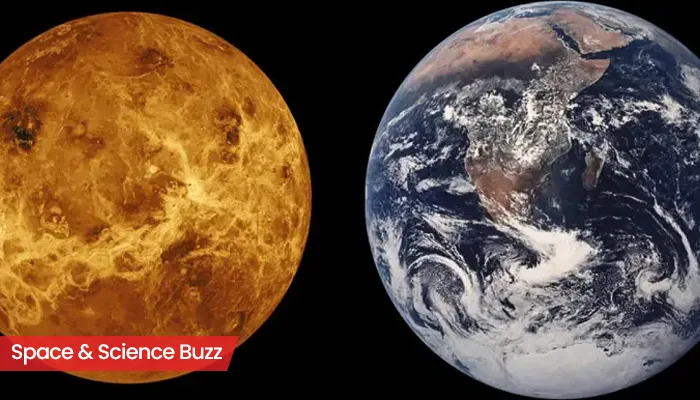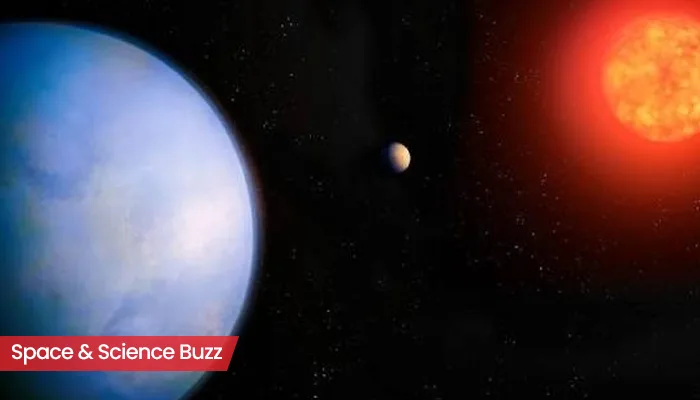NASA's Starliner Capsule Emits Eerie Sounds: Tracing the History of Strange Sounds in Space Missions, from Apollo to the ISS
- Devyani
- 1 year ago
- 4 minutes read

What is Space Exploration if not for its mystery, wonders, and suddenness? Astronauts encounter many enigmatic challenges in the vast, silent space, and one such interesting and perplexing phenomenon is space sounds. Unusual sounds recorded in space have been a recurring theme in space missions—be it in the early days of the Apollo mission or the modern-day International Space Station (ISS).
NASA astronauts Butch Wilmore and Sunita Williams, who are stranded on the ISS until February 2025 due to the Boeing Starliner’s helium leakage, reported that they could hear a “pulsing noise, almost like a sonar ping” from the Starliner capsule.
Just days before the scheduled departure of the uncrewed Starliner from its station for its journey back to Earth, this incident has surfaced. A report by Fox News states that the audio recording captures a “rhythmic, pulsating sound occurring at regular intervals.”
Against the backdrop of this development, it would be interesting to visit the long history of strange sounds in space from Apollo, ISS, and NASA missions, as they reveal much about the spacecraft systems and the environment in space.
Historical Instances of Space Noises
The Eerie Whistle of Apollo 10
Astronauts described hearing a “whistling sound” during the Apollo 10 mission in 1969, which they later recounted as ‘space music’. This spectral sound initially caused panic amongst the crew members before it was finally discovered that the noise was produced due to interference between the command module and the lunar module. This ‘whistling’ sound is one of the early examples of a space enigma, highlighting how the foreign environment in space can hoodwink human perceptions!
The Sound of a Marsquake
Although, unlike Earth, the inner core of Mars is relatively calm, it is not safe from ‘Marsquakes’ beneath the surface. Seismic activity on Mars was first detected in April 2019 with the help of NASA’s InSight lander equipped with a seismometer.
Voyager Crossing into Interstellar Space
This sound isn’t an actual recording but the audio interpretation of the data collected over several months between 2012 and 2013 by Voyager’s Plasma Wave Science Instrument. These measurements hint at the time when scientists believe that Voyager crossed the heliopause- the boundary where external pressures overpower the remaining influence of the sun’s solar wind. This landmark mission indicates the point where Voyager departed from the solar system, becoming the first human-made object to nail this venture.
Mysterious Knocks: The Unexplained Sounds of the ISS
On the ISS, astronauts have reported several noises that might have been a result of mechanical systems, expansion of metal components due to temperature change, or thermal contractions. Astronaut Chris Hadfield, in 2003, reported hearing a “knocking sound’ on the outside of the ISS- similar to a hammer hitting a metal. The exact reason behind this phenomenon remains obscure, although scientists and engineers have suggested several explanations like thermal expansion or space debris impacts.
Listen to the Sun
We all know that the Sun emits an enormous amount of energy, causing the Star to vibrate at multiple frequencies concomitantly. This frequency can be translated into a humming sound. In this video, you can actually listen to the sound of the Sun!
What does Jupiter sound like?
During NASA’s milestone 20-year mission to Saturn, the Cassini Spacecraft halted at Jupiet to gain gravitational assistance on its way to Saturn. While journeying by Jupiter in January 2001, the Cassini spacecraft recorded radio signals that were uncanny and extraterrestrial.
The Sounds of a Thunderstorm
The chaos and turbulence beneath Saturn’s cloud top were detected in 2006 by the Cassini Spacecraft which recorded static-like crackles in radio waves. Signs of deep lightning within Saturn were discovered by researchers ever since the Voyager flew by.
Although these noises are typically innocuous, they can unsettle even the most experienced astronauts.



.webp)
.WEBP)
.WEBP)
.webp)
.webp)


.webp)
.webp)
.webp)